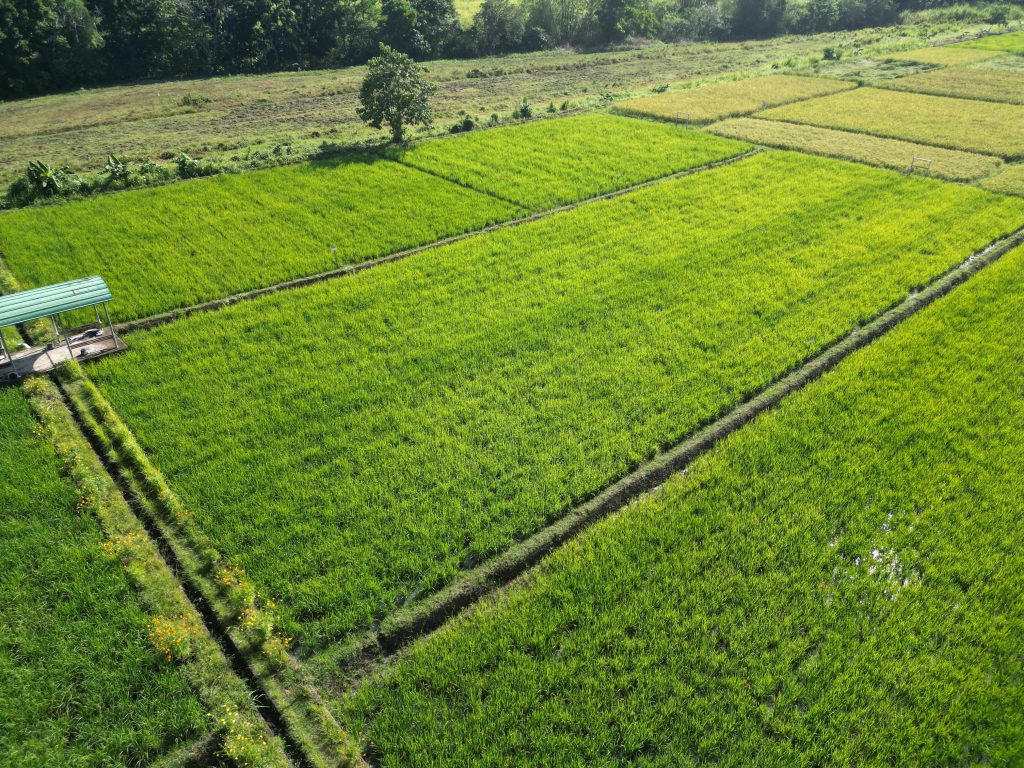
Filipinos will soon have access to significant dietary advantages in addressing the prevalence of zinc deficiency as the Philippine Rice Research Institute (PhilRice) has begun scaling up the production of two zinc-rich rice varieties.
Intended to provide seeds for expanding production across the Visayas, PhilRice in Murcia, Negros Occidental, planted NSIC Rc 460 and NSIC Rc 648, which contain more zinc than the ordinary rice.
Deficiency in micronutrients such as zinc can be attributed to the country’s stunting prevalence, which affects more than a quarter or 26.7% of the Filipinos, according to the Department of Science and Technology – Food and Nutrition Research Institute (DOST-FNRI) National Nutrition Survey in 2021. The condition contributes to stunting in one in four Filipino children under five years old, while pregnant women can experience problems during pregnancy without the proper supply of micronutrients. Children need 3–5mg of zinc while adults need 8–11mg daily.
“By enriching rice with zinc—a daily staple for millions—we aim to make nutrition more accessible to vulnerable populations. Essentially, one cup or 150g of cooked NSIC Rc 460 or Rc 648 rice taken per day can provide up to 25% of the daily zinc requirement of pre-school children,” said Dr. B.P. Mallikarjuna Swamy, lead breeder from the International Rice Research Institute (IRRI).
The lead breeder reported that NSIC Rc 460, released in 2016, contains 19.6mg/kg of zinc, while NSIC Rc 648, approved in 2021, has a higher zinc content at 20.4mg/kg.
PhilRice identified Pangasinan, Quezon, Sorsogon, Iloilo, Surigao del Sur, and Maguindanao as the priority areas with the largest population of stunted children based on data from the Philippine Plan of Action for Nutrition (PPAN) and the presence of farmers willing to plant the varieties. By 2028, project lead Leonilo V. Gramaje said approximately 35,000 households will benefit from high-zinc rice.
“Our efforts to produce zinc-rich rice varieties are part of a nationwide seed multiplication strategy under PhilRice’s Healthier Rice Program. PhilRice Negros leads the distribution in the Visayas, the Central Experiment Station in Nueva Ecija will serve Luzon, while Midsayap and Agusan will serve Mindanao,” Gramaje said.
Farmers may also benefit from planting these varieties as NSIC Rc 460 yields an average of 4.7t/ha, matures in 115 days, and is resistant to the yellow stem borer.
Meanwhile, NSIC Rc 648 has an average yield of 4t/ha, matures in 122 days, and shows intermediate resistance to blast, bacterial leaf blight, sheath blight, brown planthopper, and green leafhopper.
The rice varieties were developed through conventional breeding in collaboration with Emily C. Arocena, Martha V. Chico, Henry T. Ticman, and Alvin D. Palanog of PhilRice.
Currently, the Philippines has six high-zinc rice varieties developed to complement government interventions on improving the country’s nutrition status.




